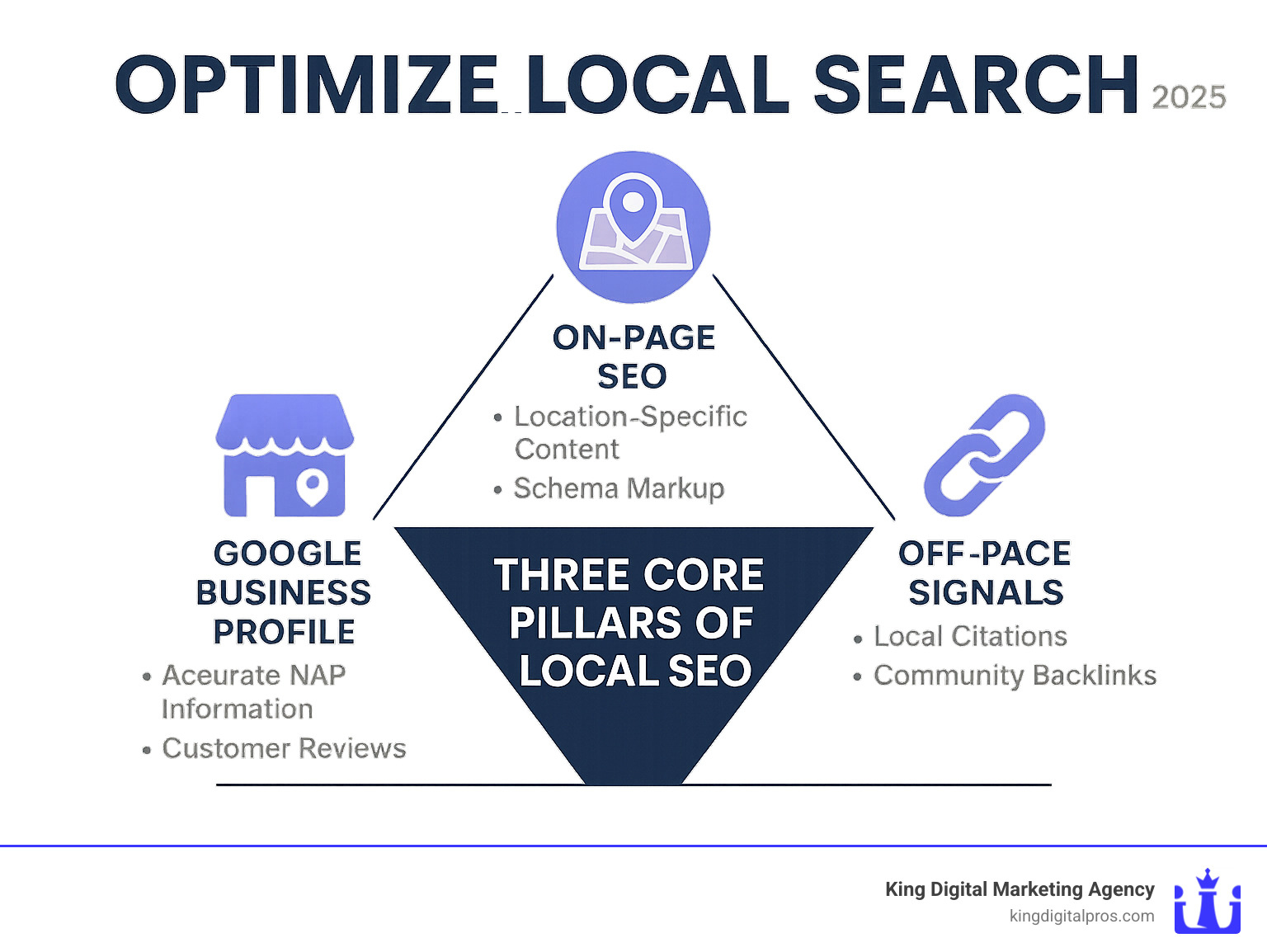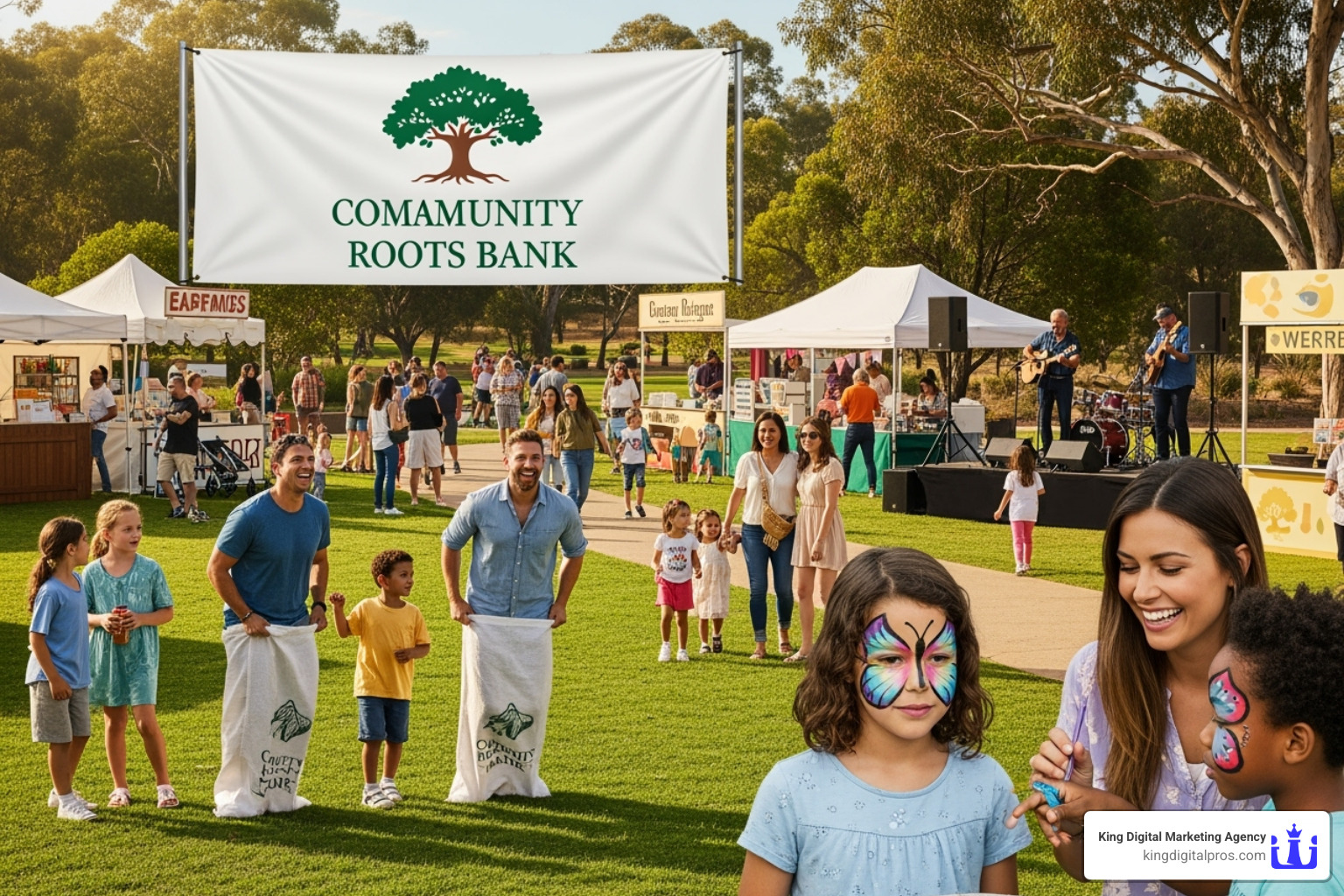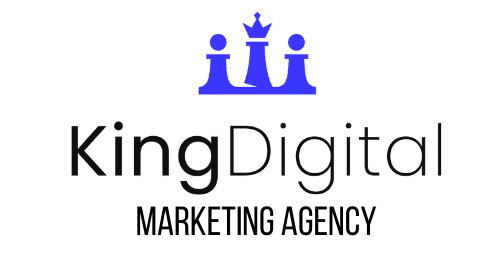Why Local Search is Your Business’s Superpower
To optimize local search is to improve your business’s visibility in location-based Google searches, attracting nearby customers who are ready to buy. The stakes are high: 76% of customers who search locally on their phones visit a business within 24 hours, and up to 98% of consumers use the internet to find local business information.
Your competitors are fighting for the same customers. The businesses that appear first in Google Maps and local search results win the foot traffic, phone calls, and sales. Those that don’t get buried on page two.
Local search has become the primary way customers find and choose businesses. When someone searches for “plumber near me” or “best pizza in [your city],” Google’s coveted “local pack” determines who gets the call. Being in that top three can make or break your month.
Key Steps to Optimize Local Search:
- Claim and verify your Google Business Profile
- Focus on the three ranking pillars: Relevance, Distance, and Prominence
- Build consistent local citations (Name, Address, Phone)
- Collect and respond to customer reviews
- Create location-specific website content
- Earn local backlinks
I’m Bernadette King, founder of King Digital Marketing Agency. I’ve helped hundreds of local businesses transform their online visibility with practical, results-driven strategies that busy owners can implement for sustainable growth.

Mastering the Three Pillars to Optimize Local Search
When someone searches for a local business, Google’s algorithm uses three fundamental pillars to deliver the best results: Relevance, Distance, and Prominence. Google’s goal is to connect searchers with the perfect local business for their needs, using location intelligence from IP addresses, GPS, and Wi-Fi signals to pinpoint a user’s location with remarkable accuracy.
While you can’t pay for better rankings, you can optimize your presence to excel in these three areas. Google’s own guidelines explain how Google determines local ranking, giving us a clear roadmap.
Understanding Relevance
Relevance answers the question: “Does this business provide what the customer is looking for?” When someone searches for a “vegan bakery,” Google wants to show them exactly that. Your Google Business Profile must be comprehensive, with detailed service descriptions and accurate business categories. Be specific: instead of “food establishment,” use terms like “custom wedding cakes” or “gluten-free pastries.” The more detailed you are, the better Google can match you with the right customers. This requires solid Local SEO Keyword Research to understand the exact phrases your customers use.
The Importance of Distance (Proximity)
Distance is straightforward: it’s how close your business is to the searcher. Google prioritizes businesses a customer can actually get to. This is why “near me” searches are gold for local businesses, as they represent customers with high intent who are ready to act. While you can’t move your business, you must ensure your online presence clearly communicates your location and service areas. Research from Moz’s Local Search Ranking Factors consistently shows proximity as a top influence on local rankings. The closer you are, the better your chances of appearing in the top three map results.
Building Prominence
Prominence is Google’s measure of your business’s reputation and authority. It’s a digital popularity contest based on signals that your business is trustworthy and respected. Key signals include:
- Online reviews: Both the quantity and quality of reviews signal that customers value your business.
- Backlinks: Links from reputable local websites (like the chamber of commerce or community organizations) act as votes of confidence.
- Local citations: Consistent mentions of your business name, address, and phone number across online directories establish your business as a real entity.
- Brand recognition: Google notices when your business generates buzz and conversation online, in local news, or on social media.
The goal is to build a genuine reputation that both customers and Google recognize as authoritative.
Your Local SEO Cornerstone: The Google Business Profile (GBP)
Your Google Business Profile (GBP) is the single most powerful tool for local online visibility. This free tool is your storefront on Google, where millions of customers are already searching. It’s where they first see your hours, photos, and reviews to decide whether to call, visit, or keep scrolling.

Claiming and verifying your profile is the first step. It tells Google you’re the legitimate owner and gives you control over your listing. Don’t fall for common misconceptions about GBP; active management is crucial for visibility. 5 Common Myths About Your Map Listings and Why You Should Hire a Google Business Profile Expert
Filling Out Your Profile for Maximum Impact
An incomplete profile is a missed opportunity. To optimize local search results, complete every section.
- NAP (Name, Address, Phone number): This information must be identical everywhere online. Even minor differences like “St.” vs. “Street” can confuse Google.
- Website and Hours: Link to your main website and keep your hours of operation religiously updated.
- Services and Products: Be specific. Instead of “plumbing,” list “emergency plumbing,” “drain cleaning,” and “water heater installation.”
- High-Quality Photos: Businesses with photos get 42% more direction requests. Show your storefront, team, and products.
- Business Description: This is your elevator pitch. Explain what makes you special, using relevant keywords naturally.
At King Digital Marketing Agency, we handle these details through our Google Business Page Management services.
Engaging Customers with GBP Features
Your GBP is not a “set it and forget it” tool. Regular activity signals relevance to Google.
- Google Posts: Share promotions, events, or news. Posts expire, so keep them fresh.
- Questions and Answers Section: Monitor and answer customer questions promptly. Proactively add common questions and answers.
- Review Responses: Respond to every review-positive or negative. This shows potential customers you care.
- Messaging: Allow customers to contact you directly, but only if you can respond quickly.
Update these elements weekly for the best results.
The Power of Customer Reviews
95% of customers read reviews before making a purchase. Reviews are critical ranking factors that directly influence whether customers choose you. Google values both the quantity and quality of recent, positive reviews. Reviews that mention specific services or locations also boost your relevance for those terms.
Ask satisfied customers for reviews when they are happiest with your service. When they leave one, respond authentically. Handle negative reviews professionally by acknowledging the concern and offering to make it right. How you handle problems is often more telling to potential customers than the problem itself.
On-Site Strategy: Optimizing Your Website for Local Customers
While your GBP is your storefront window, your website is the entire store. To truly optimize local search, your website must be fast, mobile-friendly, and informative. With 61% of Google searches happening on mobile, and “near me” searches up 250% since 2017, a poor mobile experience is a lost customer.
Google’s mobile-first indexing means your mobile site is prioritized for ranking. A site that loads quickly and looks great on any screen is essential. We help clients build websites with solid SEO foundations. How to Create an SEO-Friendly Website Design Structure
How to Optimize Local Search with On-Page SEO

- Title Tags and Meta Descriptions: These should grab attention and clearly state your service and location (e.g., “Emergency Plumber in Denver, CO – 24/7 Service | Joe’s Plumbing”).
- Header Tags (H1, H2): Your main headline (H1) should include your primary service and location. Use subheadings to break down specific services.
- Local Keyword Integration: Weave phrases like “plumber in Denver” naturally into your content. For “near me” searches, use phrases like “we’re the trusted dentist near you” in your content, and let customer testimonials use the “near me” phrasing organically.
Creating High-Value Local Content
Great local content proves to Google and customers that you are a community expert.
- City-Specific Landing Pages: If you serve multiple areas, create unique pages for each. Include local landmarks, neighborhood-specific services, and local testimonials. We build Local SEO Location Pages that convert.
- Blog Posts: Write about local events, seasonal tips, or community news to attract local readers.
- Local Case Studies: Showcase your work with local relevance, like a kitchen remodel in a specific, well-known neighborhood.
- Local Guides: Position your business as a community insider by creating guides to local attractions or amenities.
Technical Local SEO: Schema and Structure
Behind the scenes, technical elements help search engines understand your business.
- LocalBusiness Schema Markup: This structured data code acts like a digital business card for Google, clearly defining your NAP, hours, and services. Follow Google Search Central – Local business structured data guidelines.
- NAP in Footer: Include your NAP in your website’s footer in crawlable HTML text on every page.
- Embedded Google Map: Add a map to your contact page to reinforce your location signals.
- Mobile-Friendliness and Page Speed: These are non-negotiable. Your site must be fast and functional on all devices. We handle these details in our SEO Services.
Off-Site Authority: Building Your Local Footprint
While your website and GBP are your home base, off-site signals from other websites tell Google that your business is legitimate and respected. When dozens of other sites mention and link to you, Google pays attention. This is your local footprint-the digital breadcrumbs across the internet that point back to your business.
Building and Managing Local Citations
Citations are mentions of your business name, address, and phone number (NAP) on other websites. They help Google verify your location and existence. The golden rule is NAP consistency: your information must be identical everywhere to avoid confusing Google and diluting your authority.
Start with data aggregators like Neustar Localeze and Foursquare, which feed information to hundreds of other directories. Also, focus on industry-specific directories (e.g., Healthgrades for doctors, Yelp for restaurants) that carry more weight for your niche. Finally, a crucial step is duplicate listings cleanup. Multiple, conflicting listings for one location must be merged or removed to create a single, authoritative presence.
Acquiring High-Quality Local Backlinks
Backlinks are powerful votes of confidence. A link from a reputable local source carries far more weight than one from a random blog.

- Community Involvement: Partner with or sponsor local organizations, charities, and events. They often list sponsors on their websites with valuable links.
- Local News Outlets: Send press releases about newsworthy events at your company. A link from a local news site is pure gold for local SEO.
- Guest Posting: Offer your expertise to popular local blogs or your Chamber of Commerce newsletter. Provide genuine value, not just a promotion.
- Chamber of Commerce: Your membership usually includes a business listing with an authoritative backlink, signaling to Google that you’re an established part of the business community.
Authentic local link building is about becoming part of your community’s online ecosystem, which helps you optimize local search while building real-world connections.
The Future of Local Search: AI and Voice
Artificial Intelligence and voice search are reshaping how customers find local businesses. When people ask AI tools like ChatGPT local questions, business websites make up 58% of the results, proving that a well-optimized site is crucial in the AI era. To optimize local search effectively, we must adapt.
Customers are now having conversations with their devices, asking, “What’s the best Mexican restaurant that’s open right now?” and getting answers from Google’s AI Overviews. This evolution requires a new approach to how we present businesses online.
Adapting to AI in Search (SGE/AI Overviews)
AI systems favor content that genuinely helps people. To succeed, focus on these areas:
- Helpful, People-First Content: Write conversationally and focus on providing real answers, not just stuffing keywords.
- Answering Questions Directly: Structure content with clear, direct responses to common questions, increasing your chances of being featured in AI-generated summaries.
- User Intent Optimization: Go beyond keywords to understand the “why” behind a search-is the user comparing options, seeking emergency service, or ready to book?
- E-E-A-T (Experience, Expertise, Authoritativeness, Trustworthiness): Demonstrate these qualities to signal reliability to both Google and AI models.
Optimizing for Voice Search
Voice search optimization requires thinking about how people speak.
- Long-Tail Keywords: Target conversational phrases like “best pizza place that delivers late night” that mirror spoken language.
- Natural Language Queries: Write content using the same phrases your customers use in real conversations.
- Question-Based Content: Create comprehensive FAQ sections that directly answer common questions, as people tend to ask full questions when speaking to a device.
- Featured Snippet Optimization: Structure content with clear headings and concise answers that voice assistants can easily read aloud.
For service businesses, Google Local Service Ads are also powerful for capturing high-intent voice search customers ready to book immediately. The future of local search is about providing clear, helpful, and trustworthy information, no matter how a customer asks for it.
Frequently Asked Questions about Local SEO
After helping hundreds of businesses optimize local search strategies, I’ve noticed the same questions come up again and again. Here are the answers that matter most.
How long does it take to see results from local SEO?
Local SEO is a marathon, not a sprint. While quick wins like claiming your Google Business Profile can show results in weeks, the real impact comes from consistent effort over time. Most businesses see significant improvements in rankings and traffic within three to six months. In competitive markets, it may take longer.
A study of 315 businesses found that those implementing basic local optimization saw their Google visibility increase by 179% over six to nine months. This growth requires patience and persistence, as Google rewards businesses that remain active and continuously engage with their community online.
Can I do local SEO myself or should I hire an agency?
You can absolutely start with local SEO yourself. Foundational steps like claiming your Google Business Profile, filling it out completely, and asking for reviews are manageable for any business owner.
However, an agency becomes valuable for more complex tasks like technical SEO, schema implementation, competitive analysis, and advanced link-building strategies. It often comes down to your available time, technical comfort, and market competitiveness. An agency brings specialized tools and dedicated time to ensure your strategy is comprehensive and effective.
What is the biggest mistake businesses make in local SEO?
The single biggest mistake is NAP inconsistency-having different versions of your Name, Address, and Phone number online. To Google’s algorithm, “123 Main St” and “123 Main Street” can look like different businesses, which creates confusion and weakens your authority, leading to lower rankings.
The second biggest mistake is treating your Google Business Profile as a “set it and forget it” tool. According to Google’s own guidelines for local business optimization, businesses that regularly update their profiles and engage with customers significantly outperform those that don’t. Your competitors are likely staying active, so you must too.
Conclusion: Start Winning Your Local Market Today
You now have the roadmap to optimize local search by mastering Google’s three pillars: Relevance, Distance, and Prominence. You understand how to leverage your Google Business Profile, optimize your website for local customers, and build the off-site authority that Google trusts.
As search evolves with AI and voice, you’re prepared to create helpful, question-based content that both humans and algorithms love.
The key to local SEO is consistency. It’s not about a single, perfect action, but about the cumulative effect of showing up every week. Every review response, Google Post, and local partnership adds another brick to your digital foundation. I’ve seen this process transform businesses, from a local bakery appearing for “fresh bread near me” to a plumber’s phone ringing off the hook from emergency searches.
At King Digital Marketing Agency, we specialize in local SEO because we believe every business deserves to be found by the customers who need them most. Your competitors are already fighting for the top spots in Google’s local pack. Every day you wait, they capture customers that should be yours. The good news is that most businesses still get local SEO wrong, creating a huge opportunity for you to get it right.
Ready to stop being the best-kept secret in your neighborhood? Let’s help you become the business everyone finds first. Become the go-to local business with a powerful digital marketing strategy

